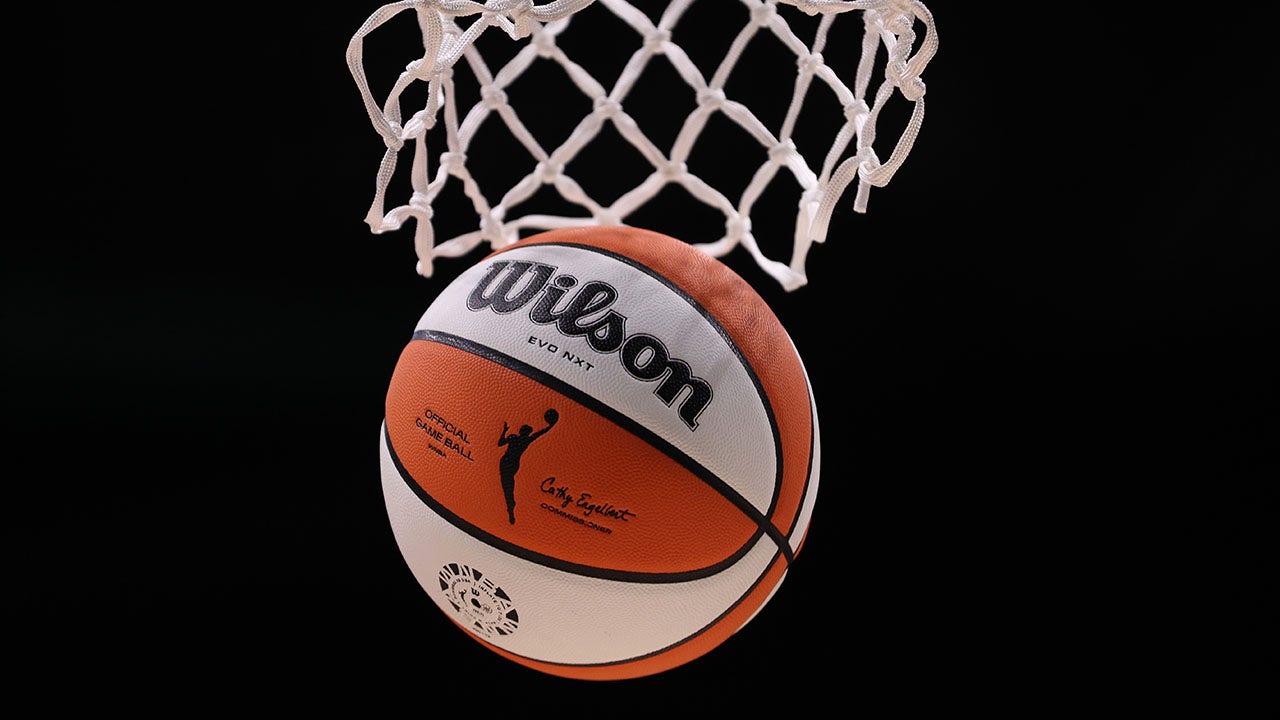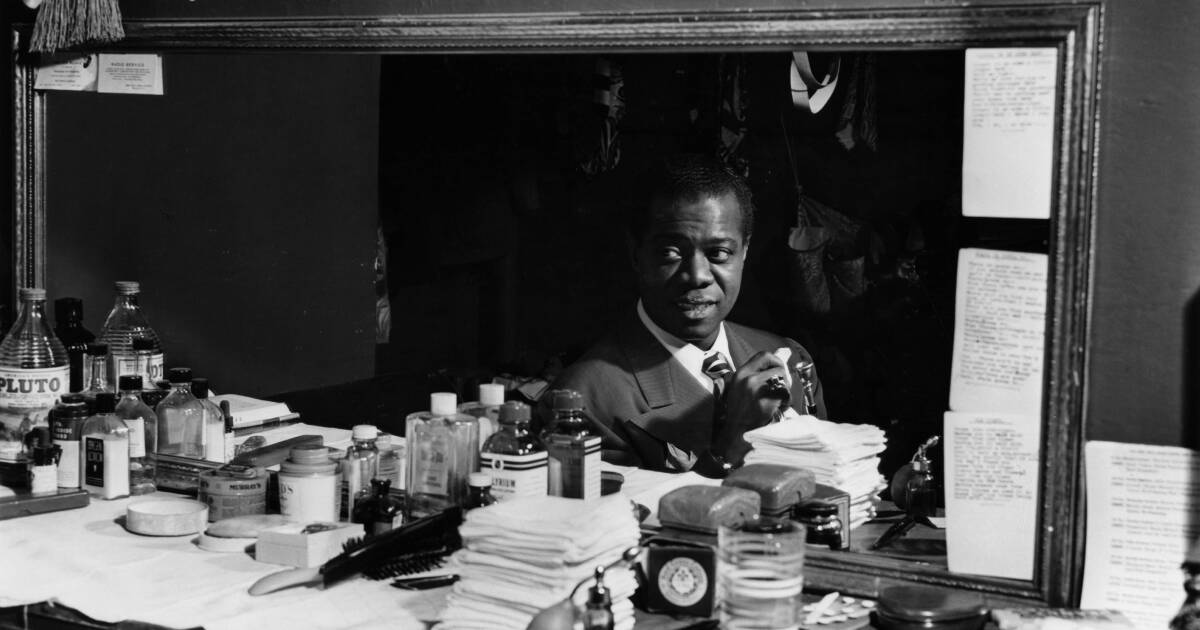Health
Top Doc Explains How to Outsmart the Hidden Downside of Rapid Weight Loss: Gallstones
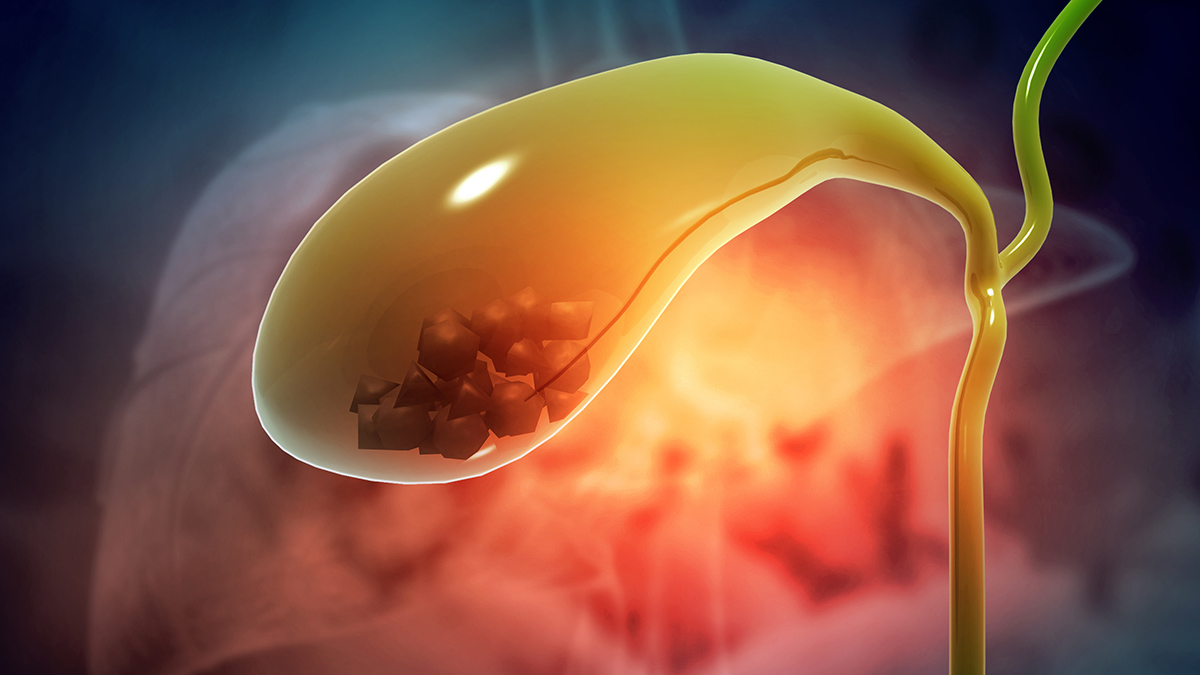
It never stops feeling amazing to see the results of your weight loss effort: Fitting into clothes you haven’t worn in years, feeling more confident when you look in the mirror, enjoying a surge in energy and mood. But sometimes, unexpected health issues like gallstones can throw a wrench into your progress. The good news is you can prevent gallstones during weight loss. With a few easy study-proven tricks, you can nip the problem in the bud without derailing your hard-earned success.
What is the gallbladder?
Although we rarely think of the gallbladder — a small, pear-shaped organ about the size of a small chicken egg located beneath your liver — it plays a key role in helping your body to break down fats. It does this job by storing and concentrate bile, which is a greenish-brown liquid produced by the liver that helps break down fats in the food we eat.
Bile is like a detergent for fats: It helps to break them into tiny droplets, making it easier for the digestive enzymes to do their work. “When we eat fatty foods, the gallbladder squeezes bile into the small intestines to break down fat,” explains gastroenterologist Peyton Berookim, MD.
What are gallstones?
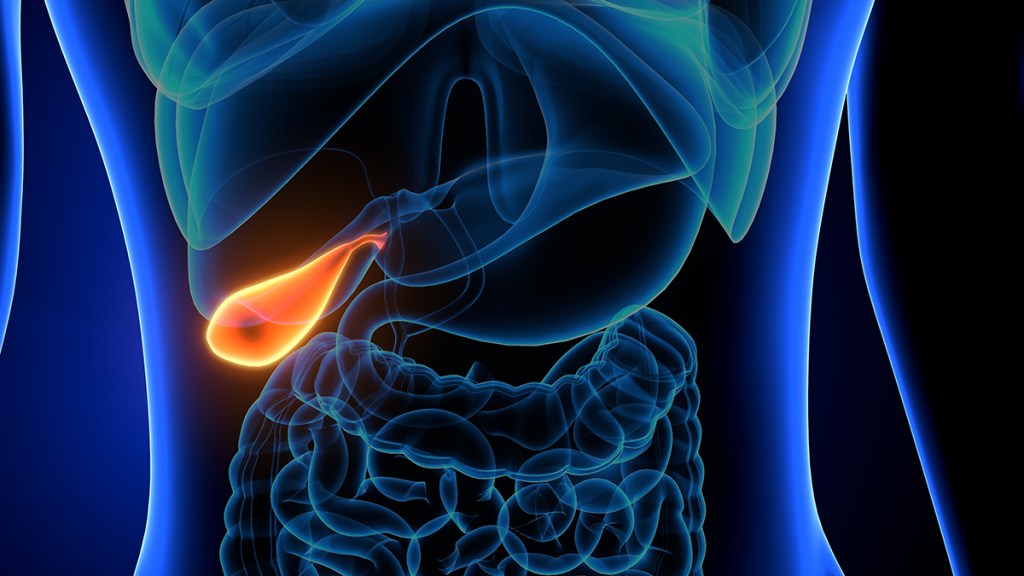
Gallstones form when your gallbladder fails to completely empty and/or when there is too much cholesterol in your bile. Both of these things can be a consequence of the gallbladder becoming overtaxed from processing too much fat and cholesterol. The stones themselves are hard, pebble-like clumps of cholesterol (which account for 80% of all gallstones) or bilirubin (which account for the other 20% of all gallstones). Gallstones can vary in size, ranging from as small as a grain of sand to as large as a golf ball. The larger they are, the more likely they are to cause painful symptoms.
What are the symptoms of gallstones?
The most common signs of gallstones are abdominal pain (usually in the upper-right area of your abdomen), nausea, vomiting, and upper back pain. However, nearly 66% of gallstones are actually asymptomatic — in fact, researchers have dubbed them “silent gallstones”. This means it’s possible to develop gallstones without even realizing it.
Generally, experts say silent gallstones don’t need to be treated. But those causing pain mean they’re likely blocking bile flow, which can be problematic. Doctors can confirm a diagnosis using imaging tests such as an ultrasound, CT scan or MRI.
What causes gallstones?
The two most common causes of gallstones are obesity and rapid weight loss. How’s that for irony? Folks who are carrying extra pounds (with a body mass index over 30) usually have higher levels of cholesterol in the blood. That’s can be a problem since bile is made up chemicals such as lecithin and bile salts that break down cholesterol. When too much cholesterol builds up in your bile, it can put a strain on your gallbladder and trigger the formation of stones.
Weight loss, specifically rapid weight loss, is the other main cause of gallstones. If you’ve recently had weight-loss surgery or follow a low-calorie/high-fat or fasting diet, your risk of gallstones is increased. Why? Steven Batash, MD, explains that accelerated weight loss causes the body to release extra cholesterol into bile. Oftentimes the gallbladder struggles to keep up with the increased demand on the organ, upping the risk of stones.
Other risk factors for developing gallstones include being a woman (women are up to three times as likely to develop stones as men), having a family history, genetic predisposition, and being 40 or older.
How a Keto diet increases gallstone risk
If you follow a Keto diet, you know the perks: reduced appetite, decreased food cravings, and of course, fast weight loss! (If you’re new to Keto and want to find out more, click through to discover some beginner-friendly Keto diet tweaks)
However, the Keto diet and other similar high-fat, low-carb diets raise the risk of gallstones by flooding your gallbladder with more cholesterol than it can process. What’s more, Dr. Batash cautions that the high fat content of a keto diet can make gallstones more likely.
How intermittent fasting increases gallstone risk
Another popular eating plan that can trigger stone formation: Intermittent fasting, in which you cycle between periods of eating and fasting. This type of diet can strain the organ in a different way. Fasting slows gallbladder movement. That means cholesterol spends more time accumulating in the gallbladder before the organ can flush it out, triggering stone formation.
The 9 best ways to prevent gallstones during weight loss
If you’ve been working hard to lose weight, the last thing you want to deal with is gallstones. That’s why we’ve rounded up the most effective, study-backed strategies that can stop stones from ever forming and prevent silent gallstones from growing and becoming problematic.
1. Increase your intake of vitamin C
Or pile more veggies on your salad. Every tasty bite you enjoy helps block gallstones. Research in BMC Gastroenterology suggests increasing your intake of vitamin C found in foods like tomatoes, bell peppers, strawberries and grapefruit may reduce gallstone risk by as much as 66%.
Vitamin C helps convert cholesterol into bile, preventing it from collecting in the gallbladder. And researchers found the longer you keep your C levels up, the further your risk of gallstones plunges. Just one ½ cup of sweet red pepper has 106% of the 75 mg. of vitamin C you need daily.
2. Take time to relax
Bookworms, take note: Losing yourself in the latest bestseller can reduce your likelihood of experiencing gallstones by as much as 63%. That’s the word from researchers reporting in the Indian Journal of Community Medicine, who found that taking 30 minutes to relax daily reduces stress hormone production that can cause stone-forming cholesterol levels to climb.
3. Savor a glass of wine
Permission to sip some vino with dinner. Turns out drinking 6 oz. of wine daily lessens gallstone risk 32%, researchers at the University of East Anglia say. They explain that moderate amounts of alcohol help the gallbladder empty so its contents don’t linger and form stones. Also smart: reaching for a cup of coffee. A separate Harvard University study found folks who drank 2 to 3 cups of coffee daily experienced a similar benefit.
4. Get regular exercise
Just 20 minutes of easy-to-do activities like pickleball, dancing or strolling reduces gallstone risk by 37%, research in Preventative Medicine reveals. Experts explain that regular exercise lowers levels of mucin, a protein that encourages formation of stones. Plus, it encourages the gallbladder to empty and refill, which helps ward off stone-forming cholesterol build up.
5. Stay hydrated
Drinking plenty of fluids can help flush the buildup of bile and cholesterol out of the gallbladder, says Heather Moday, MD, director of the Moday Center in Philadelphia. The hitch: Many of us are chronically dehydrated, and even a small dip in fluid levels can tax the gallbladder.
Dr. Moday says a good goal is to try to drink half your body weight in ounces of water daily. For an easy reminder, consider a motivational water bottle. They have encouraging phrases like “You’ve got this!” and “Keep chugging!” printed on the bottle alongside ounce markers to help make sure you’re hitting your goal.
6. Nosh on nuts
Enjoy a handful of peanuts, cashews or other nuts daily and your gallstone risk could plummet by 30%, say researchers reporting in the American Journal of Epidemiology. Credit goes to nuts’ combo of healthy fats and fiber, which keep stone-forming cholesterol in check.
7. Try a ‘metabolixir’
To keep your gallbladder functioning at its peak, whip up a ‘Metabolixir’ mocktail. “Bitters are your gallbladder’s best friend,” says Anne Louise Gittleman, PhD. “These plant tinctures stimulate the release of bile and are best taken before a meal.”
To do: Mix 1/4 cup of water, 1 Tbs. of apple cider vinegar, 1/4 tsp. of digestive bitters, 1/4 tsp. of ground ginger, 1/8 tsp. of cayenne and 1 drop of stevia. Tip: “Don’t overdo the sweetener,” Gittleman says. “You must be able to taste the bitters for them to stimulate those digestive juices to get your gallbladder contracting.”
8. Drizzle on olive oil
Topping roasted veggies, salads, and even pasta with olive oil can keep gallstones at bay. Healthy fats like extra-virgin olive oil trigger the gallbladder to release bile, says David Rakel, M.D., director of the integrative medicine program at the University of Wisconsin at Madison. “Without fat to trigger this release, bile can stagnate, so stones are more likely to form.”
9. Consider supplementing with bergamot extract
Keeping your cholesterol in check noticeably lessens your gallstone risk. An easy way to do so: Taking 500 to 1,000 mg. of bergamot extract, the citrus compound that gives Earl Grey tea its flavor, daily. This lowers your cholesterol as effectively as statins in one month, suggests research in Critical Reviews in Food Science and Nutrition. One to try: NAOMI Italian Citrus Bergamot (Buy from NaomiW.com, $35).
For tips on getting started on keto or intermittent fasting, check out these stories:
This content is not a substitute for professional medical advice or diagnosis. Always consult your physician before pursuing any treatment plan.
A version of this article originally appeared in our print magazine, Woman’s World.
Woman’s World aims to feature only the best products and services. We update when possible, but deals expire and prices can change. If you buy something via one of our links, we may earn a commission.
Questions? Reach us at shop@womansworld.com
Woman’s World aims to feature only the best products and services. We update when possible, but deals expire and prices can change. If you buy something via one of our links, we may earn a commission.
Questions? Reach us at shop@womansworld.com

Health
Struggling to fall asleep? Try this simple trick to drift off quickly

For those who are struggling to get enough sleep, the ABCs may be the key to getting more Zzzs.
A sleep shortcut that’s making the rounds on TikTok uses the alphabet to help people drift off.
Sleep experts shared their input on the unconventional route to restful nights.
HAVING TROUBLE SLEEPING? IT COULD BE FOR THIS SURPRISING REASON, EXPERTS SAY
The technique isn’t new, but it’s been circulating on social media in recent weeks.
Here’s how it works: The wanna-be sleeper chooses a category — whether it’s song titles, vacation destinations or anything that strikes their fancy — and then thinks of something for every letter of the alphabet.
A sleep shortcut that’s making the rounds on TikTok uses the alphabet to help people drift off. (iStock)
For instance, if the category is colors, A might be Aqua, B could be Blue, C could be Chartreuse, and so on.
The idea is that, over time, the exercise will lull the person to sleep.
There are other variations of the alphabet hack, such as picturing each letter being written and erased to help induce sleep.
AMERICANS NEED MORE SLEEP, LESS STRESS, EXPERTS SAY, AS GALLUP POLL REVEALS TROUBLING FINDINGS
Sleep expert Jeff Kahn, the Chicago-based CEO and co-founder of Rise Science, maker of the sleep and energy tracker app RISE, pointed out that the alphabet method hasn’t been studied, but that it likely works by distracting the person from focusing on the inability to sleep.
“This is how the larger category of distraction techniques can help with sleep, anxiety and managing pain, among other challenges,” he told Fox News Digital.
“You can’t force sleep — and thinking about falling asleep or about how you can’t fall asleep is a surefire way to delay it.”

If lack of sleep is interfering with your quality of life, experts recommend speaking with a doctor about getting assessed for a sleep disorder or other underlying medical conditions. (iStock)
Dr. Chelsie Rohrscheib, a neuroscientist and sleep specialist at Wesper in New York, noted that many people experience an overactive mind when they’re trying to sleep, which makes it difficult for the brain and body to relax — leading to insomnia and poor sleep quality.
“The alphabet hack forces you to stop focusing on stimulating or stressful thoughts, which calms your brain activity and helps the brain enter the first sleep stage,” she told Fox News Digital.
Alternative sleep hacks
If the alphabet method doesn’t work, there are other creative techniques that could help you fall asleep.
“Alternatives include meditation and deep breathing exercises, which focus on not only quieting the mind, but also slowing your heart rate and breathing, which make it easier to enter sleep,” Rohr said.
“You can’t force sleep — and thinking about falling asleep is a surefire way to delay it.”
If none of these techniques are effective, he recommends getting out of bed and going to another quiet, dim area to do a relaxing activity, like reading or listening to music, until you feel sleepy.
Kahn agreed with that advice.

“You can’t force sleep — and thinking about falling asleep or about how you can’t fall asleep is a surefire way to delay it,” an expert said. (iStock)
“A good rule of thumb is, if you can’t fall asleep within 20 to 30 minutes, abandon the pursuit, leave your bed, and do things that are relaxing and distracting, in low or as little light as possible,” he advised.
“Let sleepiness wash over you, which it will, and then head back to bed. Sleep doctors call this a ‘sleep reset.’”
Another technique that works for a lot of people is progressive muscle tension and relaxation, both experts said.
CLICK HERE TO SIGN UP FOR OUR HEALTH NEWSLETTER
“A warm shower immediately before bed also helps to drop your core body temperature quickly once you get out, which stimulates the brain to feel sleepy,” Rohr added.
Optimizing sleep hygiene
“Decades of sleep science research shows that having excellent sleep hygiene is your best bet to regularly fall sleep, stay asleep, and to feel and function your best while awake,” Kahn told Fox News Digital.

Optimizing your sleep hygiene is the best way to “regularly fall sleep, stay asleep, and to feel and function your best while awake,” a sleep doctor warned. (iStock)
Common best practices include keeping a very regular sleep schedule, cutting off caffeine 12 hours before bedtime, avoiding late meals and alcohol, getting sunlight every morning — and keeping your bedroom as cool, dark and quiet as possible.
When to seek help
If you’ve tried everything — including optimizing your sleep environment and routine — and lack of sleep is still interfering with your quality of life, experts recommend speaking with a doctor about getting assessed for a sleep disorder or other underlying medical conditions.
“Because anxiety about sleep can precipitate more sleeplessness and sleeplessness feeds anxiety, I recommend seeking help sooner rather than later,” Kahn said.
For more Health articles, visit www.foxnews.com/health.
Health
Americans breathe in carcinogenic chemicals found in cars: study

Researchers have found that a source of carcinogenic chemicals is in Americans’ cars – but there may be a way to reduce your risk.
Environmental Science and Technology, a peer-reviewed scientific journal, published a study called “Flame Retardant Exposure in Vehicles Is Influenced by Use in Seat Foam and Temperature” on Tuesday.
The study explains that Americans breathe in chemicals from the flame retardants in their vehicles. The chemicals can cause issues ranging from developmental neurotoxicity to thyroid hormone dysregulation and even cancer.
The types of chemicals found in flame retardants range from polybrominated diphenyl ethers (PBDEs), which were common in cars until the early 2000s, to alternative brominated flame retardants (BFRs) and organophosphate ester flame retardants (OPEs).
STUDY FINDS EVIDENCE OF MICROPLASTICS IN BRAINS AND OTHER ORGANS
Interior detail of an electric car, taken on August 4, 2015. (Neil Godwin/T3 Magazine/Future via Getty Images)
The federal government requires a level of flame retardants in vehicles. The National Highway Traffic Safety Administration (NHTSA) mandated the use of flame retardants in the 1970s.
“Flame retardant (FR) chemicals are intentionally used in electronics, furnishings, and building materials to meet flammability standards,” the study explains.
STD RATES SKYROCKET AMONG AMERICANS 55 AND OLDER: CDC
“Most [flame retardants] are used in an additive manner (i.e., not chemically bound), and many are semivolatile, indicating that they can be present in both the gas phase and partially in the condensed phase (e.g., particles and surfaces), depending on environmental conditions.”
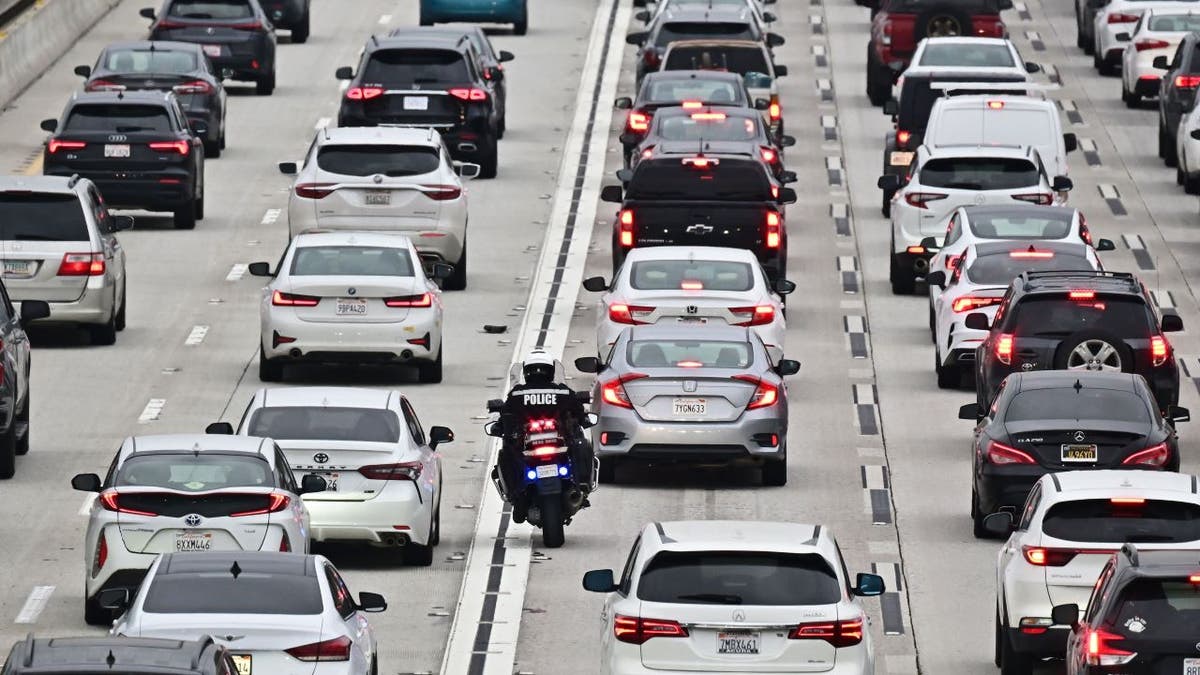
A motorcycle officer weaves through traffic on a Los Angeles freeway during the evening rush hour on April 12, 2023 in Los Angeles, California. (FREDERIC J. BROWN/AFP via Getty Images)
Americans who drive professionally or face long commutes may be at a higher risk of harm from the chemicals.
“These findings highlight that commuters are likely to be exposed to [flame retardants], especially those with longer commutes or those who drive vehicles full time as part of their employment,” the paper read.
“In addition, children, who breathe a greater amount of air per kg body weight compared to adults, would also be at risk of greater exposures for equivalent commuting times.”
CLICK HERE TO SIGN UP FOR OUR HEALTH NEWSLETTER

An interior view of a vehicle on April 2, 2024 in Beijing, China (VCG/VCG via Getty Images)
Drivers and passengers in warmer states may face a greater risk of breathing in the flame retardant chemicals. But rolling down car windows, turning off the AC and parking in covered garages may help reduce exposure to the dangerous chemicals, researchers say.
“Increasing ventilation by opening vehicle windows and avoiding recirculating interior cabin air may also reduce exposures,” the study said. “However, the greatest reduction in exposure from vehicle air would come from significantly reducing the amount of FRs added to personal vehicles.”
For more Health articles, visit www.foxnews.com/health.
Health
Ask a doc: 'Is it dangerous to crack my neck or back?'

Cracking your back or neck might provide quick relief and a satisfying popping noise — but is it a safe practice?
“When you stretch or manipulate your spine, such as by twisting or bending, the pressure within the joint changes,” Dr. William Kemo, a neurosurgeon at the Virginia Spine Institute, told Fox News Digital.
“This can cause a sudden release of gas bubbles, leading to a cracking sound.”
BE WELL: KEEP YOUR BONES STRONG TO PREVENT OSTEOPOROSIS
People often crack their back or neck out of habit, or to temporarily relieve tension or stiffness, Kemo noted.
“Typically, they do this to loosen up their back or neck when it is feeling tight or stiff. The ‘cracking’ is the popping of a tight or stiff facet joint.”
People often crack their back or neck out of habit to temporarily relieve tension or stiffness, a doctor noted. (iStock)
While the act of cracking can release endorphins (feel-good chemicals) for temporary relief, it doesn’t address the source of the tension, according to Tori Hartline, a chiropractor at Sunlife Chiropractic in Frisco, Texas.
ASK A DOC: ‘HOW CAN I IMPROVE MY POSTURE?’
Popping or cracking can even lead to injury, she warned.
“Chiropractors are trained to look for restricted areas in the spine and perform specific adjustments to decrease tension and improve range of motion,” Hartline said.
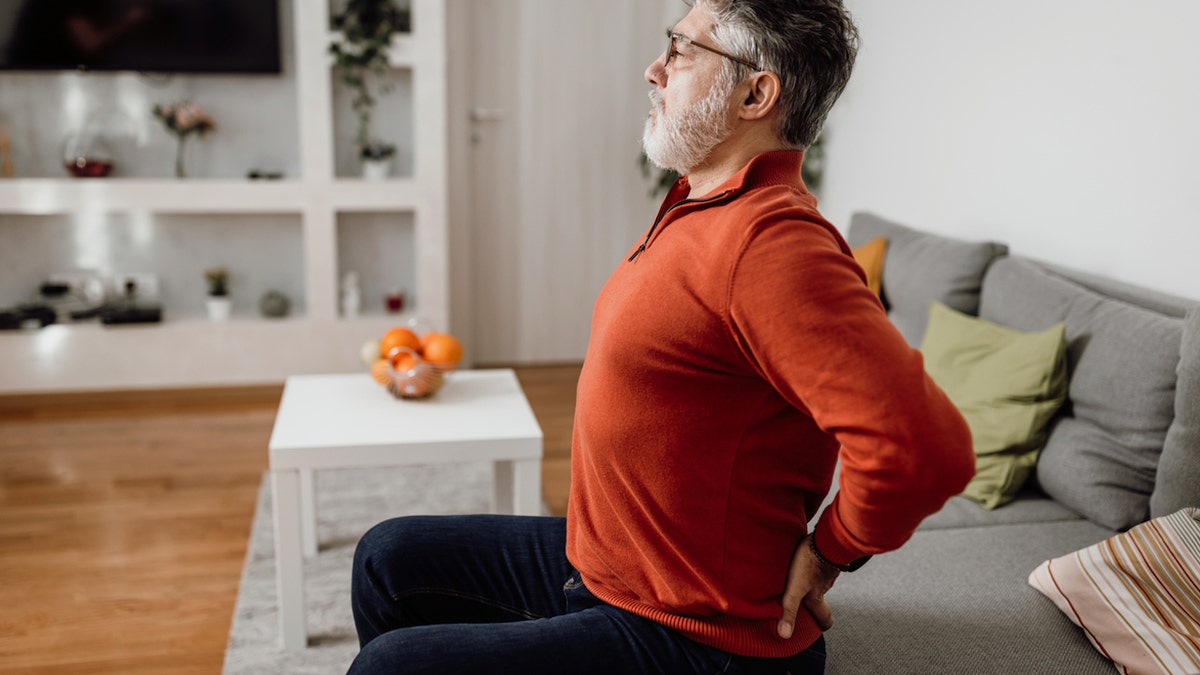
Cracking your back or neck can cause a myriad of health issues, experts are warning. (iStock)
“When an individual tries to pop their own back or neck, the segments that release gas are hypermobile segments versus the area of restriction. The joints above and below the area of restriction will move too much to compensate.”
She added, “Therefore, these cracks do not address the problem and can instead lead to further injury.”
The impacts of cracking your back or neck can include joint hypermobility, sprains or strains due to taking the joint too far past its proper range of motion — and even a fracture if too much pressure is applied, Hartline noted.
FOR ACUTE LOWER BACK PAIN, THESE ARE THE BEST MEDICATIONS, NEW STUDY FINDS
Kemo agreed, warning that cracking your back can cause unnecessary wear and tear on your spine.
“It may lead to strain on the muscles and ligaments surrounding the spine, potentially causing injury or exacerbating existing issues,” he added.
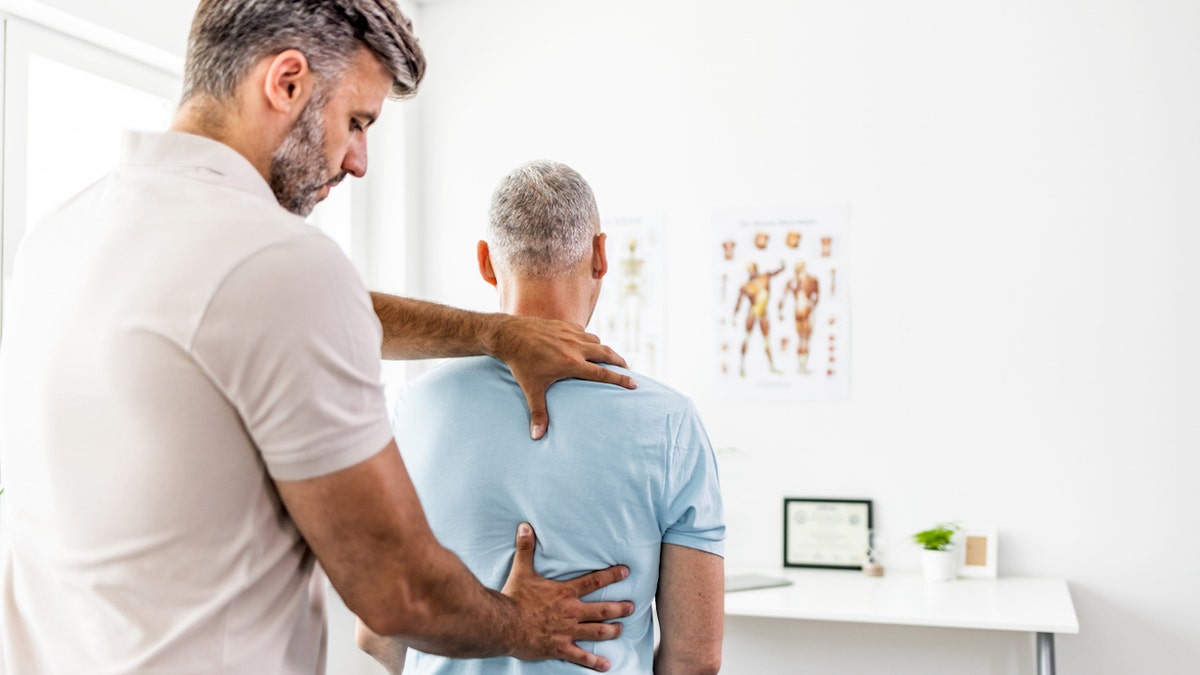
One expert suggested seeing a licensed chiropractor to identify areas of restriction and prescribe therapeutic exercise and stretches. (iStock)
It’s especially dangerous to crack the neck, which could impede blood flow and, in very rare cases, could increase stroke risk, according to Dr. Todd Sinett, a chiropractor at Tru Whole Care in New York.
Alternatives to cracking
There are plenty of safe alternatives that will provide longer-term relief without exacerbating potential issues with the spine, Kemo said.
“Commit to a daily stretching routine, and engage in core muscle exercises to strengthen the muscles supporting the spine,” he recommended.
WHAT IS SCOLIOSIS? CAUSES AND SYMPTOMS OF THE SPINAL CONDITION, TREATMENT PLANS AND MORE
Regular physical activity can also be helpful.
“A body in motion stays in motion, and helps avoid stiffness and alleviates tension,” Kemo said.
The doctor also suggested optimizing your ergonomics at home, at work and in the car.

Committing to a daily stretching routine and engaging in core muscle exercises can help strengthen the muscles supporting the spine, one doctor said. (iStock)
“Examine your daily routines to see if there may be repetitive situations that leave you feeling stiff or experiencing tension/tightness,” Kemo suggested.
This might include hunching in your chair or seat in the car, holding your device and looking down for prolonged periods, or sleeping in a certain position.
CLICK HERE TO SIGN UP FOR OUR HEALTH NEWSLETTER
Hartline also suggested seeing a licensed chiropractor, who can identify the areas of restriction and prescribe therapeutic exercise and stretches to give you the best results.
“If you’re experiencing persistent discomfort or pain, it’s best to consult with a medical specialist for proper evaluation and treatment.”
Overall, both experts agree that it’s important to listen to your body and avoid forceful manipulation of the spine.
“If you’re experiencing persistent discomfort or pain, it’s best to consult with a medical specialist for proper evaluation and treatment,” Kemo said.
“Remember, what works for one person may not be suitable for another — so personalized guidance is key.”
For more Health articles, visit www.foxnews.com/health.
-
Movie Reviews1 week ago
Challengers Movie Review
-

 Politics1 week ago
Politics1 week agoDems disagree on whether party has antisemitism problem
-

 Politics1 week ago
Politics1 week agoHouse Republicans brace for spring legislative sprint with one less GOP vote
-

 World1 week ago
World1 week agoAt least four dead in US after dozens of tornadoes rip through Oklahoma
-

 Politics1 week ago
Politics1 week agoAnti-Trump DA's no-show at debate leaves challenger facing off against empty podium
-

 Politics1 week ago
Politics1 week agoStefanik hits special counsel Jack Smith with ethics complaint, accuses him of election meddling
-

 News1 week ago
News1 week agoAs student protesters get arrested, they risk being banned from campus too
-

 World1 week ago
World1 week agoNine on trial in Germany over alleged far-right coup plot

